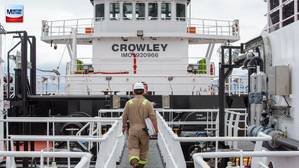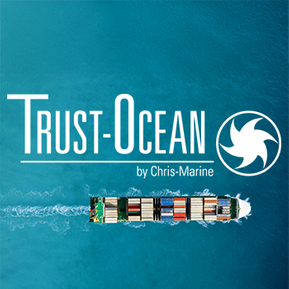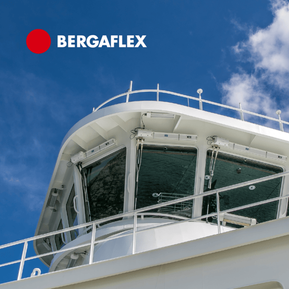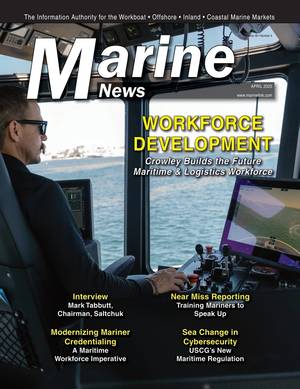Boosting Port Efficiency and Competitiveness with Digital Twins
Learn how digital twins enhance operational efficiency and competitiveness in maritime ports.
Maritime ports are pivotal to global trade, acting as gateways for the vast majority of goods transported across the world. With the ever-growing demand for faster and more efficient logistics, ports are under pressure to enhance their operational efficiency and competitiveness. Infrastructure digital twins, an innovative technology championed by Bentley Systems, offer a transformative solution. Here’s how ports can leverage digital twins to achieve these goals.
Understanding Digital Twins
Digital twins are virtual replicas of physical assets, processes, or systems that provide real-time data and analytics. Bentley Systems’ iTwin® platform is at the forefront of this technology, offering a comprehensive digital representation of port infrastructure to enable efficient operations. By integrating data from various sources, digital twins provide a holistic view of port activities, enabling better decision-making and optimization.
Enhancing Operational Efficiency
- Real-Time Monitoring and Management: Digital twins allow for real-time monitoring of all port operations. By providing a dynamic and interactive model of the port, operators can track cargo movement, berth availability, and equipment status. This real-time visibility helps in identifying bottlenecks and optimizing workflows.
- Predictive Maintenance: One of the significant advantages of digital twins is their ability to predict equipment failures before they occur. Using AI and machine learning algorithms, Bentley Systems’ digital twins analyze data from sensors and predict when maintenance is needed. This proactive approach minimizes downtime, reduces maintenance costs, and ensures that operations run smoothly.
- Resource Optimization: Digital twins help ports optimize the use of their resources. By analyzing real-time data, operators can make informed decisions about resource allocation. For example, they can optimize the use of cranes, trucks, and other equipment, ensuring that all resources are utilized efficiently. This leads to reduced waiting times and improved turnaround times for ships.
- Process Simulation and Improvement: Digital twins enable ports to simulate different operational scenarios and assess their impact. This helps in identifying areas for improvement and implementing changes that enhance efficiency. Ports can test various strategies in the virtual environment before implementing them in the real world, minimizing risks and maximizing benefits.
Increasing Competitiveness
- Enhanced Customer Service: Efficient port operations lead to faster turnaround times and reduced waiting periods, which are crucial for customer satisfaction. Digital twins enable ports to provide reliable and timely services, enhancing their reputation and attracting more business.
- Cost Reduction: By optimizing resource usage and minimizing downtime, digital twins help ports reduce operational costs. Lower costs translate to competitive pricing for port services, making the port more attractive to shipping companies and other stakeholders.
- Data-Driven Decision Making: Digital twins provide ports with a wealth of data and analytics. This data-driven approach enables ports to make informed decisions, anticipate market trends, and stay ahead of the competition. By leveraging insights from digital twins, ports can adapt quickly to changing market conditions and capitalize on new opportunities.
- Sustainability and Compliance: Digital twins also play a crucial role in enhancing sustainability. By monitoring and optimizing energy consumption and emissions, ports can reduce their environmental footprint and comply with stringent regulations. Sustainable practices not only improve the port’s image but also make it more competitive in a market where environmental considerations are increasingly important.
Conclusion
Achieving operational efficiency and increasing competitiveness are critical for the success of maritime ports. Infrastructure digital twins, built on and connected through Bentley's open iTwin platform, provide a powerful tool to meet these challenges. By offering real-time monitoring, predictive maintenance, resource optimization, and data-driven decision-making, digital twins enable ports to operate more efficiently and competitively. As ports continue to embrace this transformative technology, they will be better positioned to thrive in the dynamic and demanding landscape of global trade.








